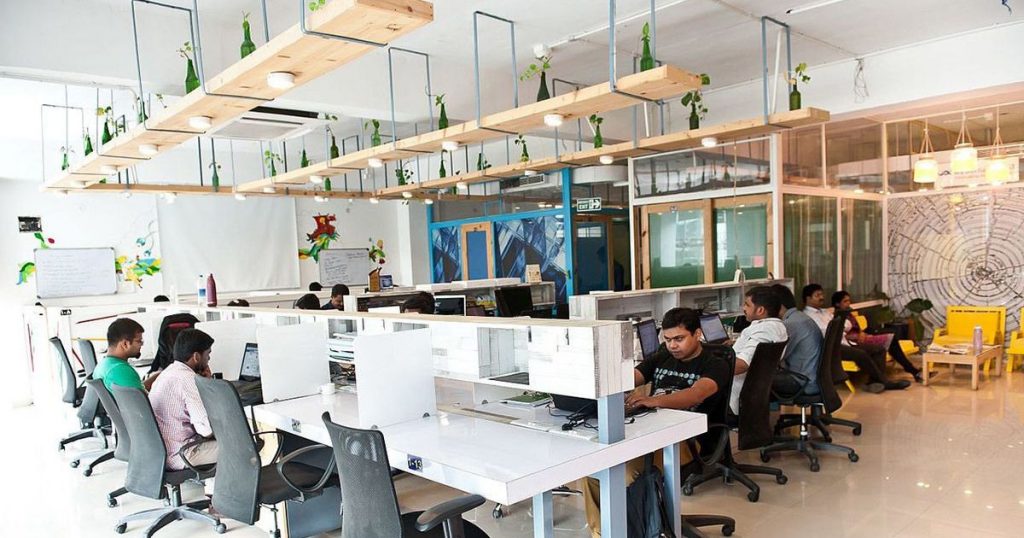The increasing demand for Co-working space in MNCs, Corporates and SMEs.

Over the last four years, co-working has been geared to its growth. India is at the forefront of a working revolution with several companies and SMEs rather work out of co-working areas rather than traditional offices. Many small and large players set up operations in 2019, and in the seven top cities in India, there are currently 330 co-working operators.
Numerous trends in the co-working market in India are identified in 2019. In their product suite, most co-working operators introduced Enterprise Solutions to take the hassle of building, designing and managing independent office spaces for MNCs and enterprises away.
By partnering with landlords, co-working operators have leveraged their expertise to offer the full suite of services for all building occupiers such as event spaces, meeting rooms, wellness centres and cafeteria. Property partnerships have further grown with shared spaces that form business models of income sharing with landlords to create co-working spaces inside underutilized assets in malls, hotels, etc.
The sector grows rapidly and has seen strong drivers of demand from co-working operators and millennials, who make up the bulk of the Indian workforce. These workers of the new age prefer agility and creative environments that are facilitated in co-working areas through work, living and play environment.
The impressive growth is a catalyst for modern workspaces, enabled by innovations and hybrid offerings. It’s estimated that the industry would cross $2.2 billion by 2022 and that the co-working penetration in India will grow from 0.7% in 2017 to 5.7% in 2022. Most co-workplaces have more than 50% of their customers from MNCs, corporates and SMEs since they were startup centres three years ago.
The number of co-working space is expected to rise by 6% in the US and 13% globally each year until 2022. Shared workspaces have quickly changed from being a novelty to becoming a mainstream option and are more than 35,000 flexible workspaces around the world. With average customer consumption of seven desks, the average co-working space demand continues to increase year after year.
Co-working groups have multiple services and even tailored basis customer needs. The best option for Gen Z, which is to account for almost half the world’s workforce by 2020, are economically viable options with cafe’s, meeting rooms, sleeping pods, security and recreational facilities, and night shift facilities.
The future working environment will be changed by new technological developments, such as the Internet of Things, Artificial Intelligence and the use of automation. The trend of ‘Go Green’ is also relevant amongst co-working players. The sustainability of shared workplaces has become part of everyday functioning. Small initiative draw community members aware of the environment, ranging from the reuse of plastic bottles to recycled paper to environmentally friendly waste disposal practices.
Co-working has turned into a revolution and transformed our way of working completely. A new trend can be seen every year and the number of co-working spaces has grown. By 2020, it is estimated that the traditional office spaces will be expanded by co-working places with 13 million people expected to be working from shared offices.



















































































